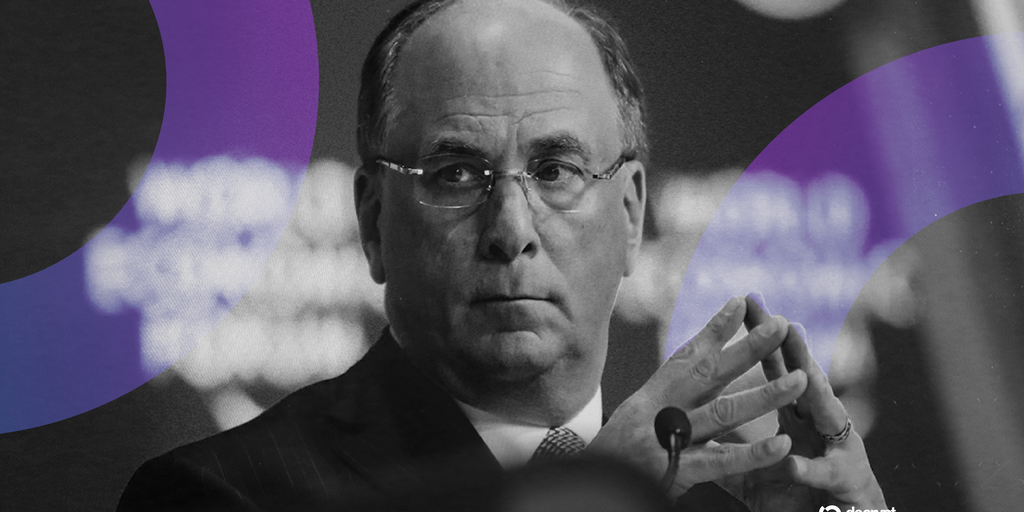BlackRock Explores Tokenization Technology Following Success of Bitcoin and Other Cryptocurrencies
In the wake of the explosive success seen in the world of cryptocurrencies like Bitcoin and Ethereum, BlackRock, the world’s largest asset manager, is now setting its sights on tokenization technology. This move signifies a growing recognition of the potential that blockchain technology holds beyond just the sphere of digital currencies.
Tokenization is a method that transforms rights to an asset into a digital token on a blockchain. Essentially, anything of value such as real estate, art, or even company shares can be tokenized and traded on a digital platform. This approach not only democratizes investment in these high-value sectors but also adds layers of efficiency, security, and immutability.
A Strategic Expansion
BlackRock’s interest in tokenization isn’t instantaneous but the result of keen observation and strategic analysis of market trends. As Bitcoin carved its niche as a ‘digital gold’ and Ethereum established a platform for smart contracts and decentralized applications, it became undeniable that blockchain technology could revolutionize the way assets are managed and transacted.
The Benefits of Tokenization
The benefits of tokenization are manifold. First, it brings about a reduction in costs related to transactions and asset transfers. By eliminating middlemen and streamlining processes, the efficiency of asset management is greatly enhanced.
Moreover, tokenization opens up investment opportunities to a broader audience. Typically, investments in certain assets like real estate or fine art are reserved for the affluent. However, tokenization allows these assets to be divided into smaller, affordable units that can be purchased by a greater number of investors.
Transparency and security are also amplified with tokenization. Blockchain’s immutable ledger means that the history of transactions is both traceable and unalterable, significantly reducing the potential for fraud and error.
Regulatory Considerations
Despite these advantages, BlackRock’s pivot towards tokenization does not come without challenges, particularly in the realm of regulatory compliance. Financial regulators globally are still grappling with how to manage the burgeoning cryptocurrency space and similar issues extend to tokenized assets. Ensuring these new offerings conform with existing legal frameworks around securities, taxation, and anti-money laundering standards remains paramount.
BlackRock’s Projected Plans
While details of BlackRock’s tokenization strategy are not fully disclosed, sources indicate that the company is exploring several avenues. These include potential partnerships with existing blockchain platforms, investing in new startups specializing in tokenization, and possibly developing proprietary technology.
One area particularly ripe for exploration is the tokenization of infrastructure investments. By turning infrastructure assets into tokens, they could potentially be offered to a wider array of investors, facilitating easier funding mechanisms for large-scale projects.
Elaborating on their strategy, BlackRock CEO Larry Fink emphasized the company’s commitment to remain at the forefront of financial innovation, ensuring they are well-positioned to not only adapt to changes in the financial landscape but to lead them.
Conclusion
As BlackRock moves deeper into the blockchain and tokenization territory, its actions are likely to encourage other financial institutions to take note and potentially follow in its footsteps. This could herald a new era in asset management, characterized by broader inclusion, improved market efficiency, and an increase in transparency.
With careful navigation of regulatory waters and strategic implementation of technology, tokenization could very well reshape the very fabric of investment practices, making it one of the most transformative advancements in the finance sector. BlackRock’s exploration into this new territory is not just an adaptation to current trends but a strong signal of a shifting paradigm in global asset management.



